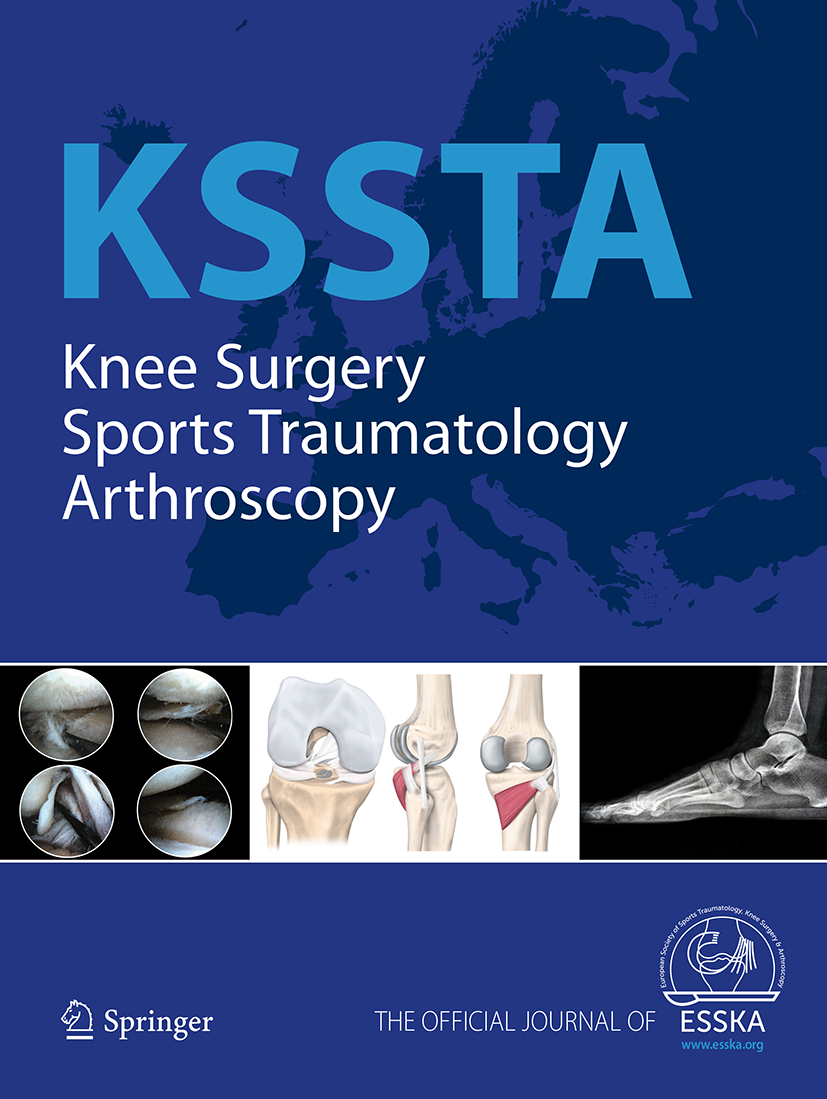
Microfracture technique similar to osteochondral autologous transplantation mosaicplasty

Microfracture technique similar to osteochondral autologous transplantation mosaicplasty
Microfracture technique versus osteochondral autologous transplantation mosaicplasty in patients with articular chondral lesions of the knee: a prospective randomized trial with long-term follow-up
Knee Surg Sports Traumatol Arthrosc. 2014 Jun;22(6):1207-15. doi: 10.1007/s00167-014-2843-6. Epub 2014 Jan 21.Did you know you're eligible to earn 0.5 CME credits for reading this report? Click Here
Synopsis
25 patients with full-thickness chondral or osteochondral lesions of the knee were randomized to treatment with either osteochondral autologous transplantation (OAT) mosaicplasty or microfracture technique. The purpose of the study was to compare the long-term functional and radiological outcome between techniques. Results indicated comparable changes in Lysholm scores, Knee Injury and Osteoarthri...
To view the full content, login to your account,
or start your 30-day FREE Trial today.
FREE TRIAL
LOGIN
Forgot Password?
Explore some of our unlocked ACE Reports below!

Learn about our AI Driven
High Impact Search Feature
Our AI driven High Impact metric calculates the impact an article will have by considering both the publishing journal and the content of the article itself. Built using the latest advances in natural language processing, OE High Impact predicts an article’s future number of citations better than impact factor alone.
Continue



 LOGIN
LOGIN

Join the Conversation
Please Login or Join to leave comments.